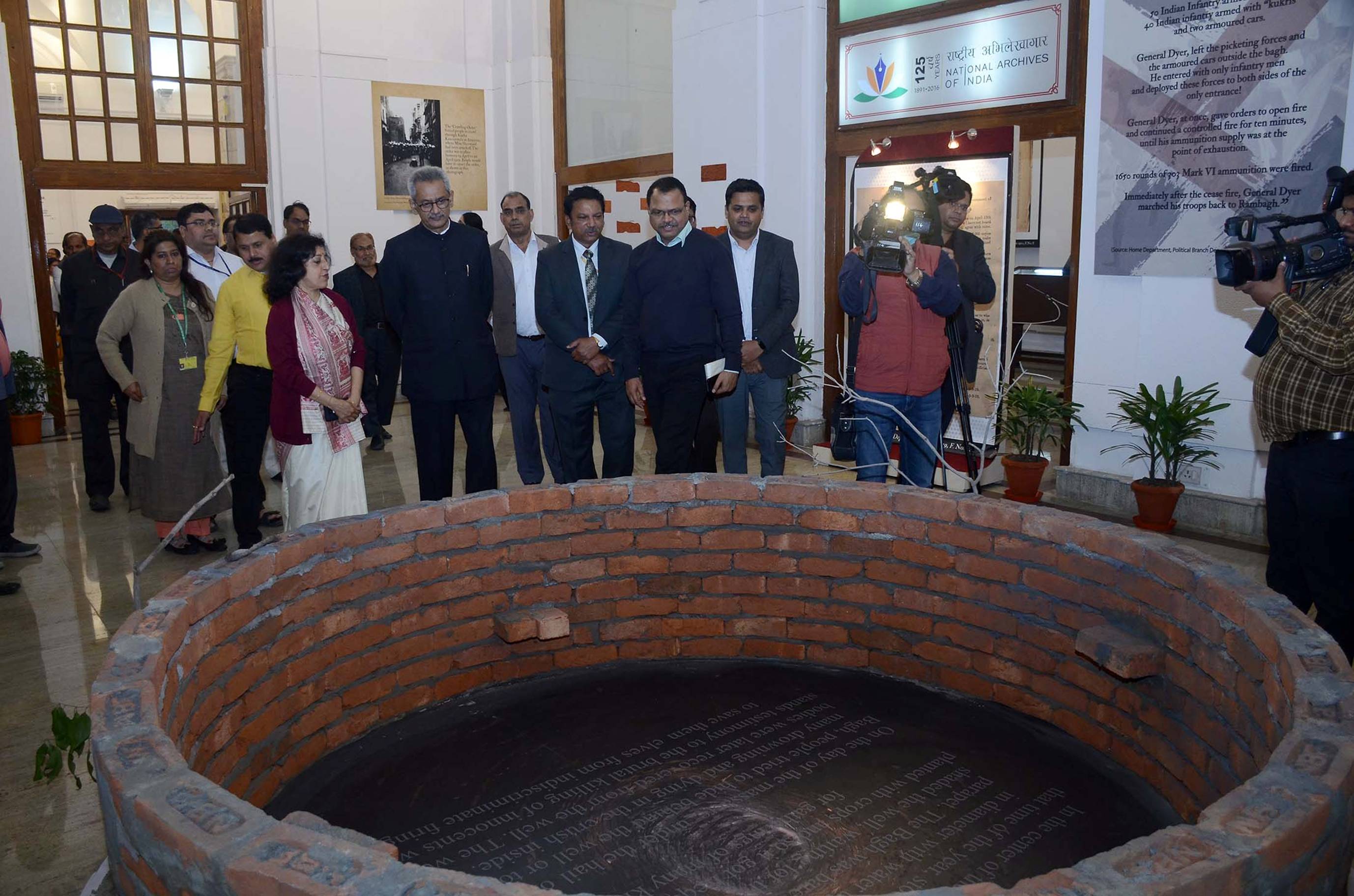Jallianwala Bagh Massacre

The history of Indian independence has observed the sacrifices of millions of Indians who have fought against the tortures of the British Raj. On this day, 105 years ago, the Jallianwala Bagh massacre, also known as the Amritsar massacre, had taken place. Let’s look back on this dark day of Indian History.
What happened on April 13, 1919?

April 13, 1919, is considered as one of the biggest tragedies in Indian History. On this day, according to the data collected, about 379 Indians, which consisted of men, women, and children, were killed, while 1,200 were injured in the sudden firing ordered by Colonel Reginald Dyer. The British troops fired for about 10 minutes at the unarmed crowd, leaving a permanent scar on Indo-British relations.
How did the massacre take place?

The large, peaceful crowd at the Jallianwala Bagh had gathered in order to protest against the Rowlatt Act. The bagh was an enclosed space, which only had a single entrance, and walls on the other three sides. General Dyer arrived with 50 troops. The entrance was blocked by the British troops which prevented the crowd from dispersing. General Dyer, without warning the crowd, ordered his men to fire mercilessly on the people until their ammunition was exhausted. This massacre is condemned till today and is remembered bitterly in Indian History.
Read More: Donald Trump advised Google and Microsoft not to hire people from India
Aftermath of the massacre
However, General Dyer was far from apologetic and had stated that his course of action "was not to disperse the meeting but to punish the Indians for disobedience.” This incident shed light onto the inhuman treatment of Britishers towards Indians and became a turning point in India's modern history that compelled Gandhi's full commitment to the cause of Indian nationalism and independence from British rule. Britain has never formally apologised for the massacre but expressed "deep regret" in the year 2019. Later, Sardar Udham Singh assassinated Michael O’Dwyer, the former lieutenant governor of Punjab on 13 March, 1940 as a result of the revenge from the massacre.
Present Day

The location where the massacre took place is now preserved in order to remember the innocent lives that were lost while fighting for Independence. One can still see the bullet marks on the walls that were fired during the massacre. Later, a memorial was established by the Government of India in 1951 at the Jallianwala Bagh in order to pay tributes to the people who lost their lives in this brutal incident. It stands as a symbol of ultimate sacrifice and patriotism.
Today, as we look back at the pre-independent struggles of Indians, we remember our responsibilities as citizens to protect and preserve our independence and develop our nation for the sake of the people.
Read More: Realme 15 Pro 5G launches in India | Prices, release date and features
 Follow the channel.
Follow the channel.





